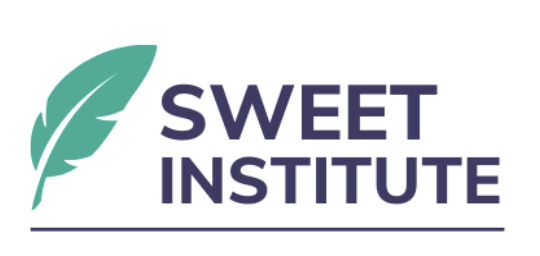Revolutionizing Clinical Education and Combating Burnout: The SWEET Institute’s Vision
In the dynamic world of healthcare, change is a constant. With new research, evolving patient and client needs, and the ever-present challenges of clinician burnout[1], there’s a pressing demand for innovative solutions. Dr. Sidor, the visionary behind the SWEET Institute, recognized these challenges and set out to create a platform that not only addresses them but also revolutionizes the way clinicians receive education and support.
Bridging the Gap with the SWEET Model:
Dr. Sidor’s process to founding the SWEET Institute began with a profound love for teaching and a passion for problem-solving. As a medical director, he encountered gaps and areas for improvement within his agency. Still, what truly energized him was witnessing the burnout experienced by his staff. This experience led to a realization: clinicians need more than just individual support; they need a robust community, ongoing mentorship, and a space to continually enhance their clinical skills[2].
One of the key pillars of the SWEET Institute is the SWEET Model, a groundbreaking approach to bridging the gap in clinical education. It recognizes that traditional teaching methods for practicing clinicians require improvement, and this model does exactly that. It provides a comprehensive and practical framework that empowers clinicians to deliver higher-quality care while staying connected with the latest research and innovations.
Empowering Clinicians to Empower Patients:
Dr. Sidor firmly believes that instead of giving fish to patients, clinicians are to teach them how to fish. This empowerment-based approach is at the core of the SWEET Institute’s mission. By providing clinicians with the tools and knowledge they need to empower themselves[3], they can serve as role models for their patients. This approach creates a ripple effect, where empowered clinicians help their patients regain control of their lives.
Prioritizing Underserved Populations:
Recognizing the disparities in healthcare, the SWEET Institute focuses on the most underprivileged and underserved patient populations. Addressing the needs of these vulnerable communities is an ongoing commitment, ensuring that healthcare reaches everyone, regardless of their circumstances[4].
Transforming Clinical Education with SWEET Courses:
One of the distinguishing features of the SWEET Institute is its commitment to providing high-quality, accessible education. SWEET courses are valid for clinicians across the United States and abroad. They offer a pathway for clinicians to earn continuing education credits, including approval in 48 states for social workers. Additionally, the SWEET Institute is approved to provide continuing education credits in New York for psychologists, licensed mental health counselors, and CASACs
The SWEET Institute is not just an educational platform; it’s a transformative movement that empowers clinicians, addresses burnout, and ensures that the latest advancements in science are implemented in clinical practice. Drs. Sidor’s and Dubin’s vision has created a nurturing community that fosters growth and inspires positive change in healthcare.
Are you ready to be part of this innovative journey? Join the SWEET Institute and be a part of a community that believes in empowering clinicians, transforming patient care, and making a difference. It’s not just about education; it’s about redefining the future of healthcare.
[1] National Academies of Sciences, Engineering, and Medicine. “Taking action against clinician burnout: a systems approach to professional well-being.” (2019).
[2] Begin, Arabella Simpkin, et al. “Biomarkers of clinician burnout.” Journal of General Internal Medicine 37.2 (2022): 478-479.
[3] DeChant, Paul, and Diane Shannon. “Creating optimal clinical workplaces by transforming leadership and empowering clinicians.” Connecting Healthcare Worker Well-Being, Patient Safety and Organisational Change: The Triple Challenge (2020): 187-206.
[4] Welles, Christine C., et al. “Sources of Clinician Burnout in Providing Care for Underserved Patients in a Safety-Net Healthcare System.” Journal of General Internal Medicine 38.6 (2023): 1468-1475.







